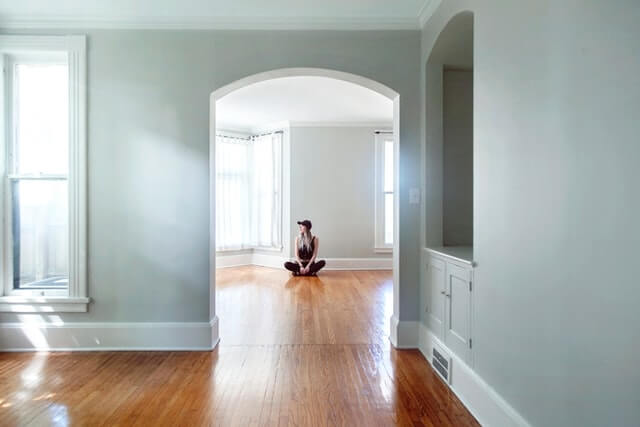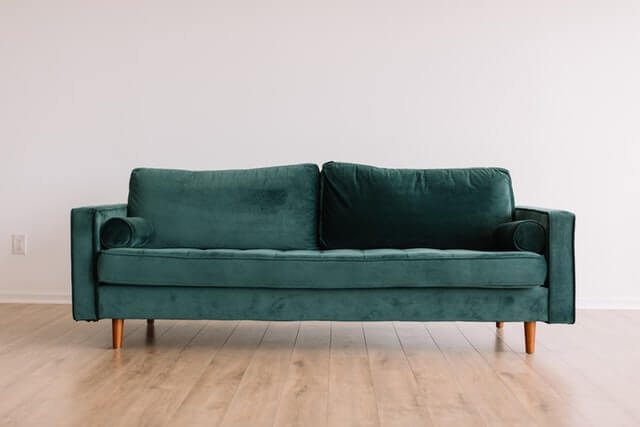As residential rental agents who market different properties, it is common to come across three types of apartments classified depending on the amount of furniture they have: Unfurnished, Semi-Furnished, and Furnished.
Most tenants are also not aware of how to distinguish the three types, so you need to be able to explain it to them to avoid confusion and set realistic expectations as to what they will get from renting a specific property. You have to know the difference between the three to market them properly, based on what they can offer to tenants.
The three types have different advantages and disadvantages, which would depend on whoever will rent them. Determining which is the best option is based on the needs of the potential renter.
Unfurnished Apartments
As the name suggests, unfurnished apartments are units with no furniture at all. It’s simply an enclosed space with empty walls, windows, and doors. However, some landlords may include a fridge, dishwasher, or stove if they want to. Nothing more than that.
It is a good option for renters who are relocating from their previous homes who already have furniture and appliances of their own. Unfurnished rentals are also cheaper, and the security deposit could also be less compared to furnished ones. It may also be a more attractive option for tenants who want to decorate a unique home for themselves.

For those who already have their furniture, the disadvantage for them is they would have to go through the trouble of carrying the heavy stuff during move-in day, which is extra difficult if the unit is on the second or third level of an apartment building. For renters who don’t currently own furniture, they would need to purchase some, which might not be worth the cheaper rent unfurnished units offer.
Semi-furnished Apartments
Semi-furnished apartments are those that only contain basic furniture. It can easily be mistaken with furnished apartments, but have fewer contents compared to the latter.
A semi-furnished unit often contains basic furniture, lights, fans, and cabinets. For example, the living room will have a couch, curtains, and standard light fixtures. It would less likely have a coffee table or bookshelf and would surely not have electronics like a TV and stereo system.
Another example is the kitchen. It could have two major appliances at most (e.g., fridge and stove), but it will not have a coffee maker, dinnerware, or microwave.
The advantage with semi-furnished units is that a tenant can get the minimum furniture one needs to live there, but there is room for them to improve it according to their liking. They will also have the freedom to choose what furniture or appliance to add based on what they need. It’s also cheaper compared to furnished apartments. Plus, when a tenant damages an appliance that they bought, they don’t need to settle anything with the landlord.

The demerits of semi-furnished apartments are the tenant needs to spend on whatever furniture or appliance he wants to add and if they move out, they have to bring all of those with them.
Furnished Apartments
A furnished apartment is basically a complete version of a semi-furnished apartment. It has all the furniture, appliance, and gadget a tenant needs daily.
The bedrooms would have mattresses, sheets, pillows, and a nightstand. The kitchen has an oven, dishwasher, coffee maker, utensils, blender, glassware, pots, pans, and a toaster. Utilities like telephone and cable services are included but the tenant will pay for them through additional rent or as a separate monthly bill.
A furnished unit will appeal most to tenants who want convenience or moves more often. However, since it has a lot of amenities, the rent will be higher compared to semi-furnished and unfurnished units.

When marketing apartment units, you have to know what type it is because as a rental agent, you wouldn’t want to mistakenly market a semi-furnished apartment as a furnished one because it could ruin your credibility. Before publishing a listing on Padleads where you could find several potential tenants, it’s better to have complete knowledge of what a property can offer and which tenants would prefer them.